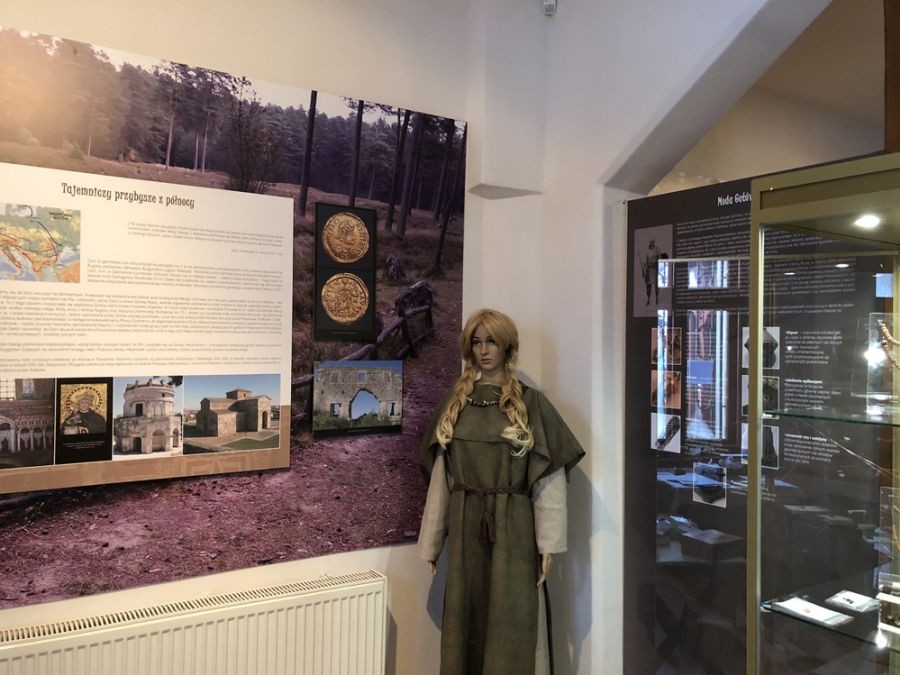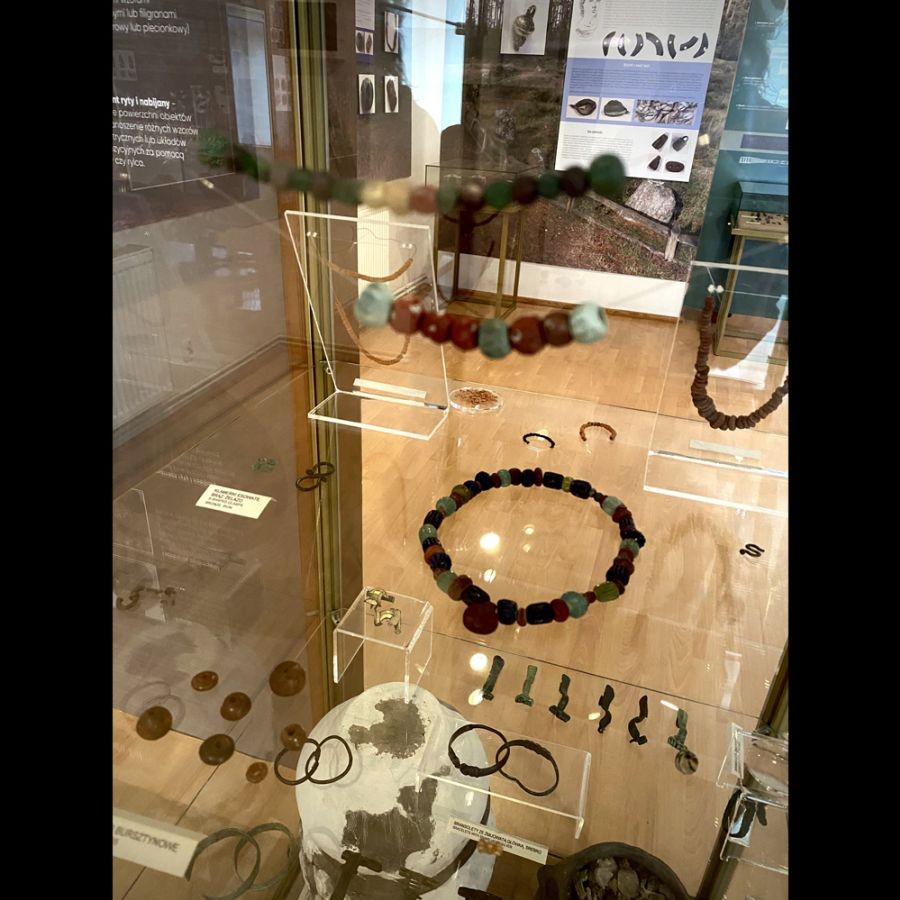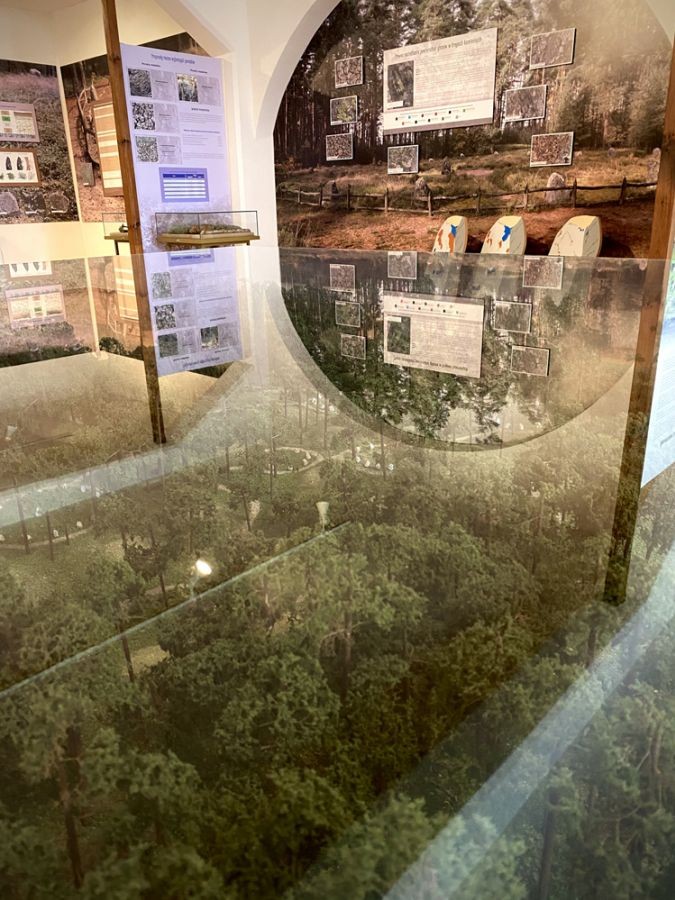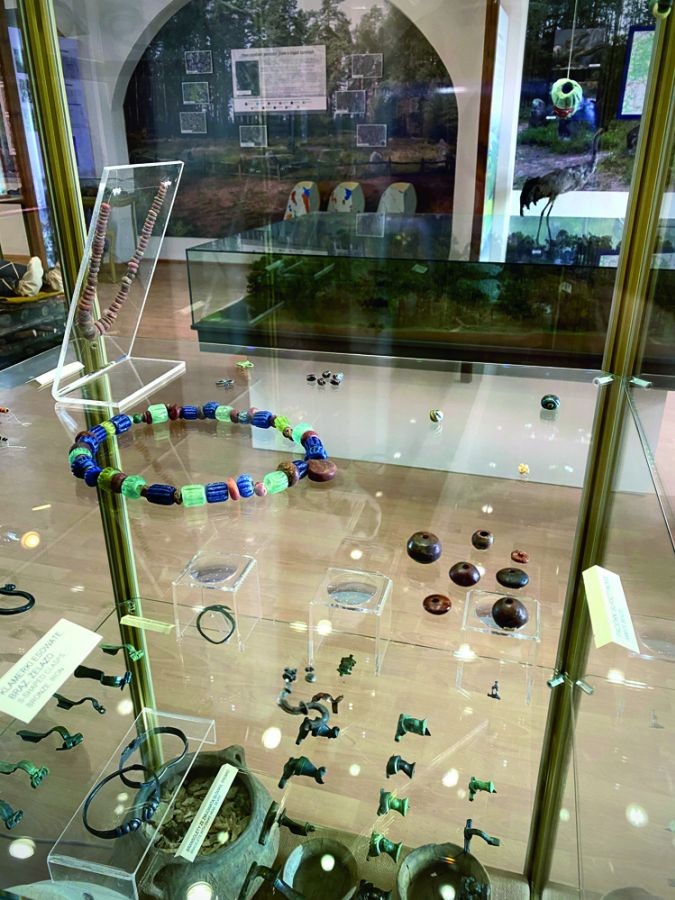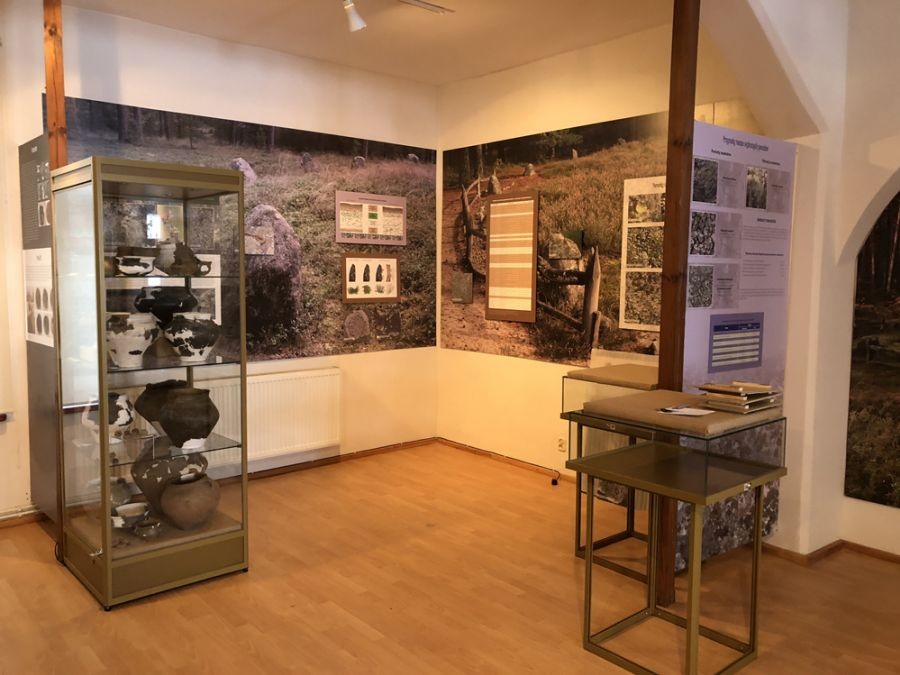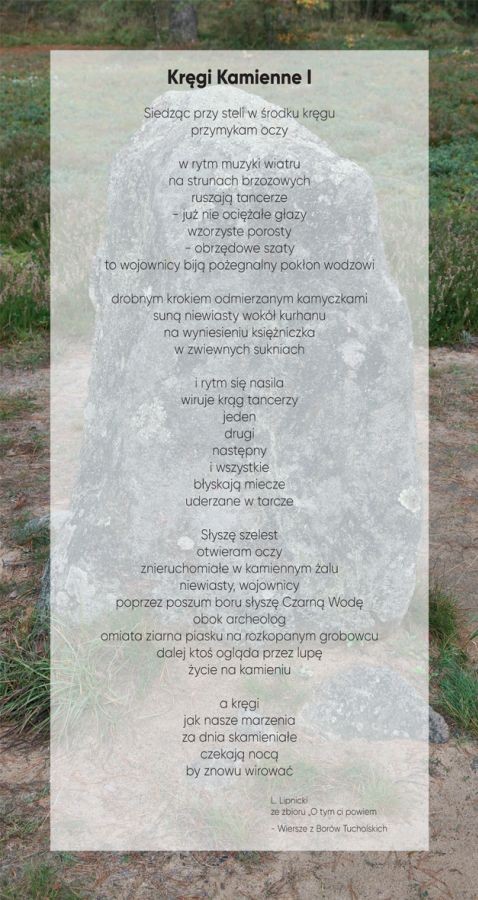
Iconic Goth places. Stone circle cemetery in Odry
A world of stone circles and lichens that have coexisted and interpenetrated each other for centuries is located in Odry, a place known for being one of the best-preserved burial grounds in Europe. In 1957, the area was formally recognized as the Odry Archaeological and Natural Reserve. This mysterious place has attracted hundreds of tourists for years. A visit to the cemetery, however, does not give a full picture of the rituals or the wealth of material culture of those who came from the north and were archaeologically attributed to the culture of Wielbark.
A new exhibition on both nature and archeology focuses on presenting the extraordinary cultural heritage of the Goths who lived in the area around 80 AD. The introductory part of the exhibition shows the interesting history of discovering and protecting the archaeological site in Odry. The necropolis has been known to archeology enthusiasts for at least 160 years. The first person to refer to the cemetery in Odry as a cultural monument was the forest inspector, Mr Feussner. During intensive road construction in Pomerania, he issued a ban on collecting stones from mounds and circles, which probably helped save these stone circles from total devastation. Many archaeologists – amateurs as well as recognized experts and specialists tried to explore the secrets of stone circles throughout the following years.
In 1926, the doyen of Polish archeology, Józef Kostrzewski, continued the archaeological work and dated the cemetery in Odry back to the period of Roman influence. Then, other excavations were carried out by the Institute of Archeology of Łódź University starting in 1962, first under the supervision of professor Jerzy Kmieciński followed by professor Tadeusz Grabarczyk. The archaeologists engaged in the research were accompanied by experienced lichenologists, professor Ryszard Bohr, professor Ludwik Lipnicki and professor Józef Kiszka.
Other sections of the exhibition present the history of the burial ground that the Goths used from the 1st century, when they first arrived from Scandinavia, to the 3rd century. This is when they left for their new seat on the Black Sea in the legendary land of Oium, finally founding the Ostrogothic Kingdom with its seat in Ravenna and the Visigoths Kingdom with its seat in Toledo. The world of the Goths is also strongly connected with clothes as their attire played a role in cultural determinant apart from its main function of protecting and covering the body. A lot of information about clothing has been provided by jewellery such as gold, silver and bronze ornaments exquisitely made by the use of sophisticated techniques and obtained mainly from skeletal burials. The exhibition presents multi-colored, various-shaped necklaces of glass, amber and ceramic beads, S-shaped clips, pendants, brooches, bracelets and rings. Individual elements of attire such as belt parts, brown buckles, decorative ends, link joints and fittings were important in Gothic fashion. Reconstructed costumes of the Goths displayed on mannequins also play an important role in the exhibition. Other elements of grave equipment are also presented and these include everyday items such as: bone combs, brown or bone needles, toilet accessories such as tweezers or parts of wooden caskets, spools and ceramics. Ashtrays are displayed next to beautifully decorated thin-walled vessels including Roman terra sigillata vessel, an item unique in Poland. Spurs, as part of equestrian equipment associated mostly with male burials, have a separate place at the exhibition. The culture of the Goths as a mysterious system of beliefs and funeral rites typical of the Wielbark culture also have their own separate sections at the display and mostly refer to the tomb architecture of stone circles and mounds. A presentation on the stone circles provides all the necessary information to understand their purpose and how they were used in the cult.
The stones and boulders that make up the circles and barrows are covered with a wealth of lichen species which have lived there for hundreds of years. Many are difficult to capture with the naked eye. At the exhibition, visitors can delve into this extraordinary world of lichens, both on the ground and rock and even into arboreal lichens to observe their appearance and structure. Thanks to photographic enlargements it is easy to learn about their unique features, living conditions and importance as bioindicators as these living organisms react to the sanitary condition of the air. The Bory Tucholskie Biosphere Reserve that surrounds the cemetery also deserves attention, especially its varied, postglacial landform which is rich in nature, picturesque, and has rivers which meander through the wilderness. The last part of the exhibition is mainly devoted to two types of postglacial lakes: ribbon and kettle as well as rich flora and fauna of these areas and the cultural heritage of the Kashubians, the Kociewiaks and the Borowiaks living in the woods.
The archaeological artifacts presented at the exhibition have been donated to the collection at the Jan Rydzkowski Museum in Chojnice by Łódź University and its Institute of Archeology.
When creating the exhibition many subjects provided the displayed materials and exhibits, among them: Nadleśnictwo Czersk, Zaborski Landscape Park, the Museum in Gliwice and prosfessor Ludwik Lipnicki. Some of the used items come from the Museum's own collection.
The exhibition was created with the financial support of the City and Commune of Czersk, the Czersk Forest Inspectorate and also thanks to the project of THE SOCIAL BATTERY Fund from the Civic Initiatives Fund Program of the National Institute of Freedom, the Center for Civil Society Development.
Curator: Hanna Rząska

